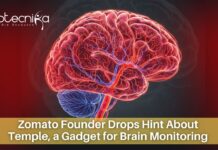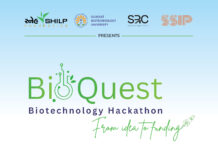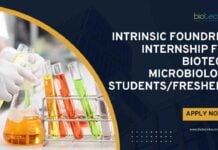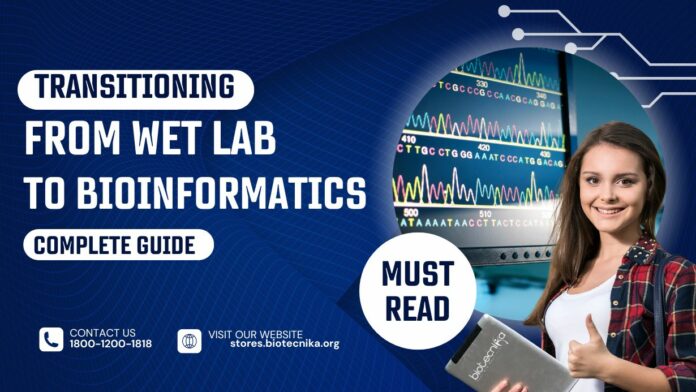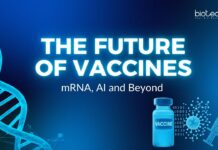Transitioning from Wet Lab to Bioinformatics
Moving from traditional lab work to bioinformatics might seem like entering a completely different world, a world full of interesting challenges and big rewards. This change isn’t just about replacing your lab tools with a computer; it’s about learning a new way to think and work. In this article, we will help you through this change, giving you important tips and useful advice to make the switch easier. We’ll cover everything from learning the basics of bioinformatics to getting the necessary skills and understanding the steps to make a successful move. Let’s start this journey from the physical lab to the digital world together!
Understanding What is Bioinformatics?
It is defined as an integration of biological, information science, and computer science disciplines to analyze and interpret data of biological nature. A lot of software tools and algorithms are applied in its operation because it deals with complexity on a higher level than any other biological science- agricultural science or even medical science.
The Rise of Big Data in Biology
In biology, “big data” means the huge amounts of information created by recent research methods like studying genes, proteins, and small molecules. The need to understand this information has made bioinformatics very important in biology. Forbes says that big data started showing up in 1944, and as we create more biological research data, we need to learn new ways to analyze it.
From Wet Lab to Dry Lab – Transitioning From Wet Lab to Bioinformatics
Traditional Wet Lab Techniques
In a wet lab, researchers perform various tests using different types of equipment and chemicals. They often use methods such as:
- Polymerase Chain Reaction (PCR): Makes lots of copies of a certain part of DNA. It’s important in studying tiny parts of life, helping scientists make many copies of a certain piece of DNA. PCR is used for high throughput screening techniques such as copying genes, observing how genes work, finding out what type of genes someone has, and finding changes in genes. The process includes denaturation, annealing, and extension, each cycle resulting in twice as many DNA copies.
- Western Blotting: Finds certain proteins. This method is important for observing how proteins are made and finding particular proteins in a mix of many. It works by using a gel to sort proteins, moving them onto a special sheet, and then using special proteins called antibodies to find the one we’re looking for. Western blotting is used a lot in research, medical tests, and crime investigations.
- CRISPR-Cas9: Changes genes in a controlled way. CRISPR-Cas9 is a very new and important tool that lets us change DNA in living things exactly where we want. It’s used to add or fix mistakes in genes, understand what genes do, and make living things with changed genes. This technology uses a piece of RNA to guide it to the right spot in the DNA and an enzyme called Cas9 to cut it at the right place, so we can change the genes we want to.
The Shift to Bioinformatics
Transition to bioinformatics means the transition from bench to computer analysis. This change in expertise demands attaining new skill sets in programming, data analysis, and more. The journey is often the vice versa from bench to screen and initially full of hurdles but can be a satisfying change in one’s career direction.
Essential Skills for Bioinformatics
Programming Languages
Bioinformatics depends a lot on programming. The languages used most often are:
- Python: It’s popular because it’s easy to read and has many useful libraries. Python is a flexible language that’s simple and easy to learn. It comes with many libraries and tools, like Biopython, Pandas, and NumPy, which are made for bioinformatics tasks. Python helps with handling data, analyzing it, and showing the results visually, which makes it very important for researchers who work in bioinformatics.
- R: R is a popular choice for statistical analysis and visualizing data. It’s a strong language for handling statistical calculations and creating graphics. Many researchers use R in bioinformatics to study and display biological information. R has many packages available, such as Bioconductor, which helps with understanding and analyzing large amounts of genomic data. Because of its excellent statistical tools, R is perfect for jobs like finding differences in gene expression, grouping similar data, and reducing data complexity through methods like principal component analysis.
- Bash: Helps control and automate jobs in systems like Unix. Bash is a type of command language used for making scripts in operating systems like Unix. It’s important for making repetitive jobs easier, organizing files, and running processes in bioinformatics. With Bash scripting, people who work with bioinformatics can manage big sets of data well, make their work processes automatic, and connect different software tools. It’s especially good for handling data from fast ways of sequencing and doing many tasks at once.
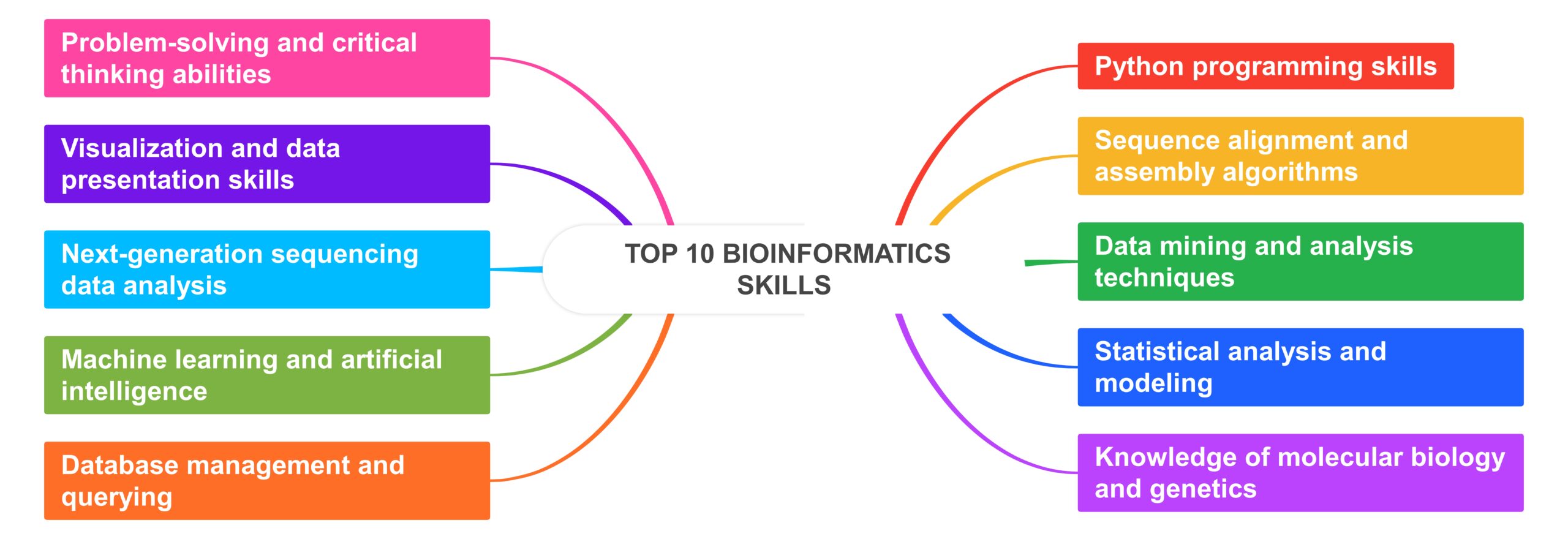
Data Analysis and Visualization
Bioinformatics involves handling and understanding big sets of data. Important skills for this field are:
- Data Cleaning: Making sure data is good by fixing mistakes and problems. Cleaning data is a very important part in studying biology with computers to make sure the results of the study are correct and dependable. This involves finding and fixing mistakes like missing information, having the same thing twice, and things that are very different from the rest. Good data cleaning makes the data better, lowers unfairness, and makes the next studies more accurate.
- Statistical Analysis: Math analysis is key in bioinformatics to understand complicated life science data. Methods like guessing game, line drawing, and computer learning are used to spot patterns, connections, and big changes in the data. Math tricks help bioinformatics experts reach correct answers and make smart choices based on the data.
- Visualization: Making pictures of data using tools like ggplot2 in R or Matplotlib in Python. Showing data in a visual way is important for understanding and sharing results from bioinformatics. It means making pictures like charts, graphs, and color-coded maps to make complicated data easier to understand and to show important information.
WORK IN PROJECTS | PUBLISH PAPERS | GET WORK EXPERIENCE in AI ML
AI/ML in Bioinformatics & Computational Biology Training Program Starts 26th August 2024
Understanding Biological Databases
Transitioning From Wet Lab to Bioinformatics
Knowing about biological databases is very crucial in bioinformatics. Some main databases are:
- NCBI: This stands for National Center for Biotechnology Information. NCBI gives access to many biological databases and tools, like GenBank for DNA sequences, PubMed for scientific articles, and BLAST for comparing sequences.
- Ensembl: This is a database for the genomes of vertebrates and other complex organisms. Ensembl has detailed genome information for many organisms. It helps with looking at gene structure, differences, and how they are controlled. Ensembl is especially useful for comparing genomes and understanding how species are related to each other.
- UniProt: A complete source of information about protein sequences and their functions. UniProt is a database that stores information about protein sequences and their roles, including detailed notes on how proteins are structured, what they do, and how they connect with other proteins. It’s commonly used in bioinformatics for looking at protein sequences, understanding their roles, and exploring how proteins interact with each other.
Suggested Steps to Transition
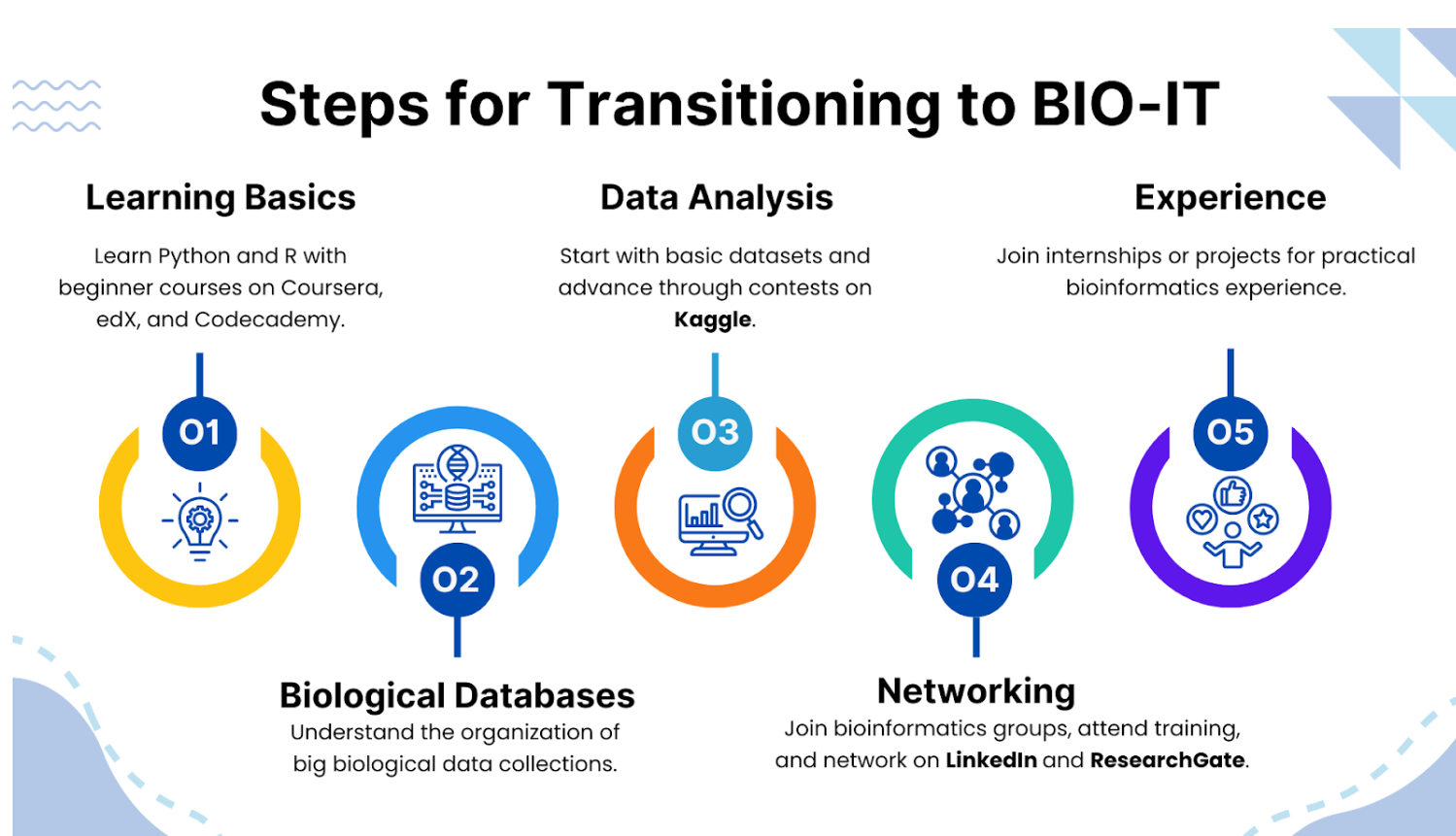
Step 1: Learn the Basics
Start by learning Python and R through online classes. Biotecnika offers multiple training and internship options, which offer organized learning and practical projects to help you develop basic skills in Coding, Bioinformatics & AI ML. Call TOLL FREE: 1800-1200-1818 or 080-5099-7000 or email: [email protected].
Step 2: Understand Biological Databases
Learn about the organization and how things work in big biological data collections. Knowing how to find and understand information from these collections is very important for anyone working in bioinformatics.
Step 3: Practice Data Analysis
Begin with basic datasets and slowly progress to more advanced ones. Join bioinformatics contests and projects to get hands-on experience. Platforms such as Kaggle provide contests and datasets that can sharpen your skills in analyzing data.
Step 4: Network with Experts
Become a member of bioinformatics groups, go to training sessions, and talk to specialists in this area. Doing this will keep you informed about new advancements and help you find people who can guide you. Websites such as LinkedIn and ResearchGate are really good for making professional connections and improving your career.
Step 5: Gain Hands-On Experience
Participate in internships or team projects that provide practical experience in bioinformatics. By working on real research projects, you’ll improve your skills and become more attractive to employers.
Overcoming Challenges
Learning Curve
Switching to bioinformatics might seem tough, particularly if you don’t have experience in coding. But, sticking with it and practicing can help you get past this challenge. Begin with simple programming ideas and slowly move on to harder subjects. Don’t be afraid to ask for help on internet forums and coding groups when you face problems.
Managing Expectations
Many people mistakenly believe that bioinformatics tasks are easier than lab experiments. It’s crucial to explain to your colleagues and bosses that analyzing data takes a lot of thinking and time. Make sure they understand the challenges of writing code, preparing data, and doing statistical tests, so they know how demanding bioinformatics research really is.
Balancing Theory and Practice
Bioinformatics requires a good amount of theory, but putting that knowledge to use is very important. Try to equally focus on both theory and practice in your studies. Do practical projects and use your theoretical understanding to analyze actual data in real situations.
Moving from traditional lab work to bioinformatics is like starting a fresh journey where your lab skills meet the digital world. This change involves changing how you think and learning some thrilling new abilities. By learning to code, looking into biological data banks, and getting practical experience, graduates can smoothly make this change. Although there might be difficulties along the way, with hard work and commitment, it can open up many satisfying chances in bioinformatics.
Welcome the change, keep being curious, and watch your new chapter in science develop!
Career guide – Transitioning From Wet Lab to Bioinformatics


